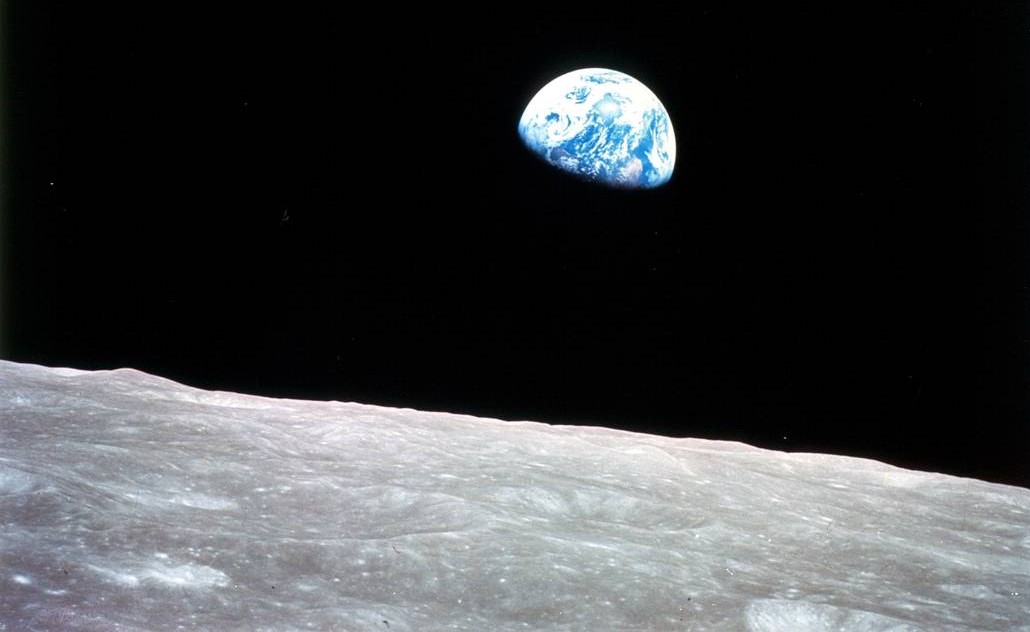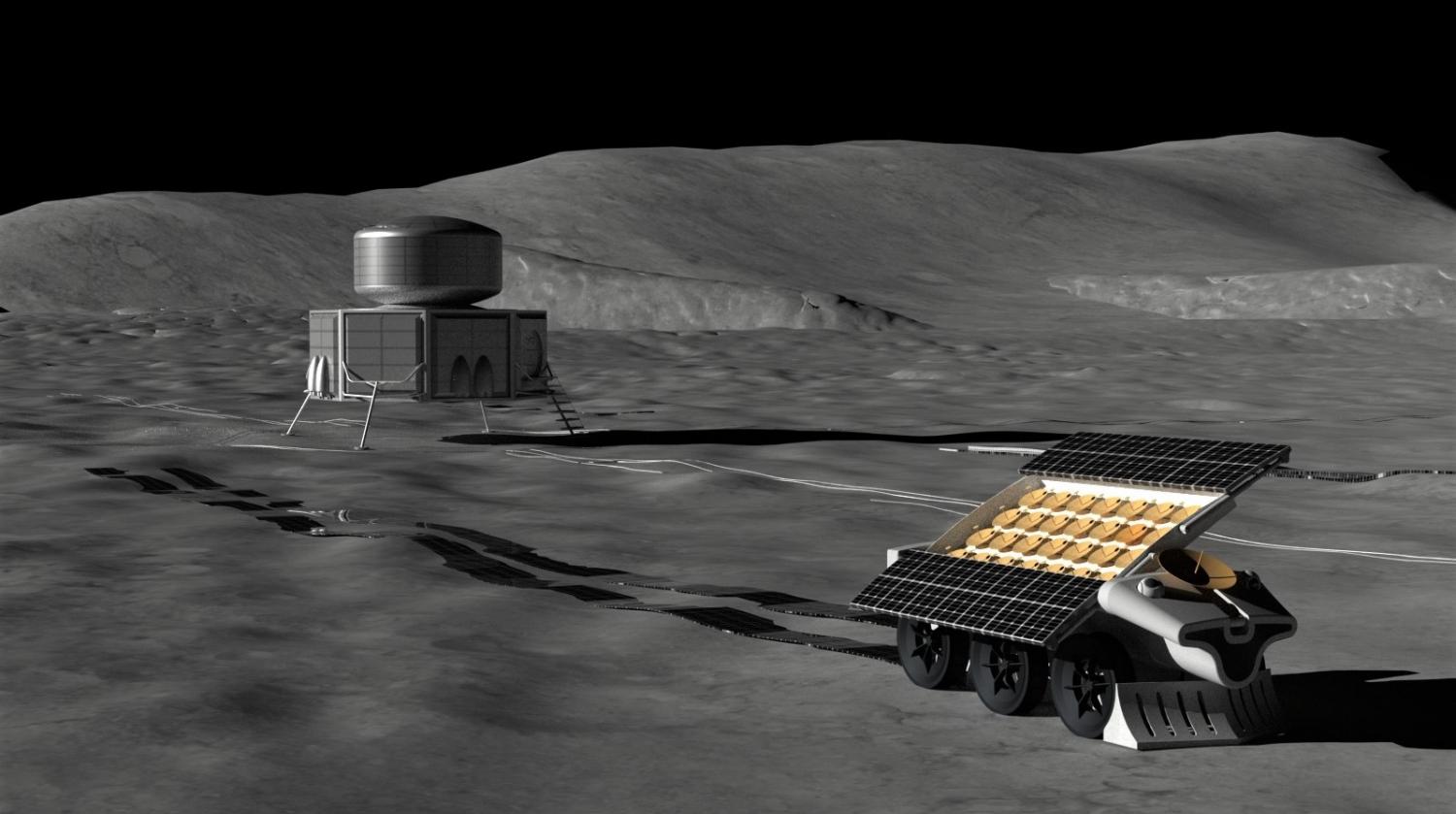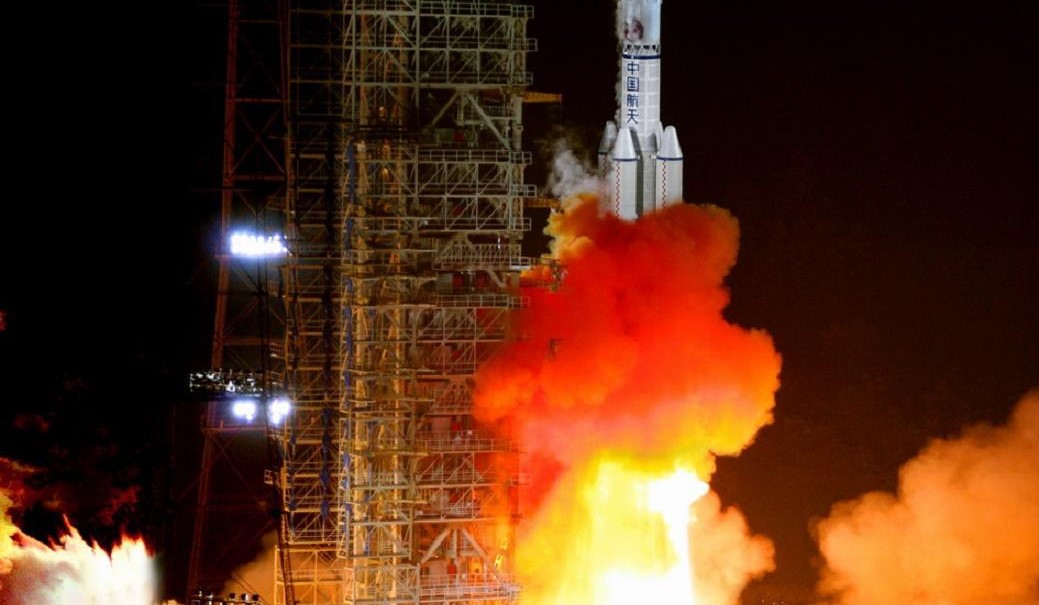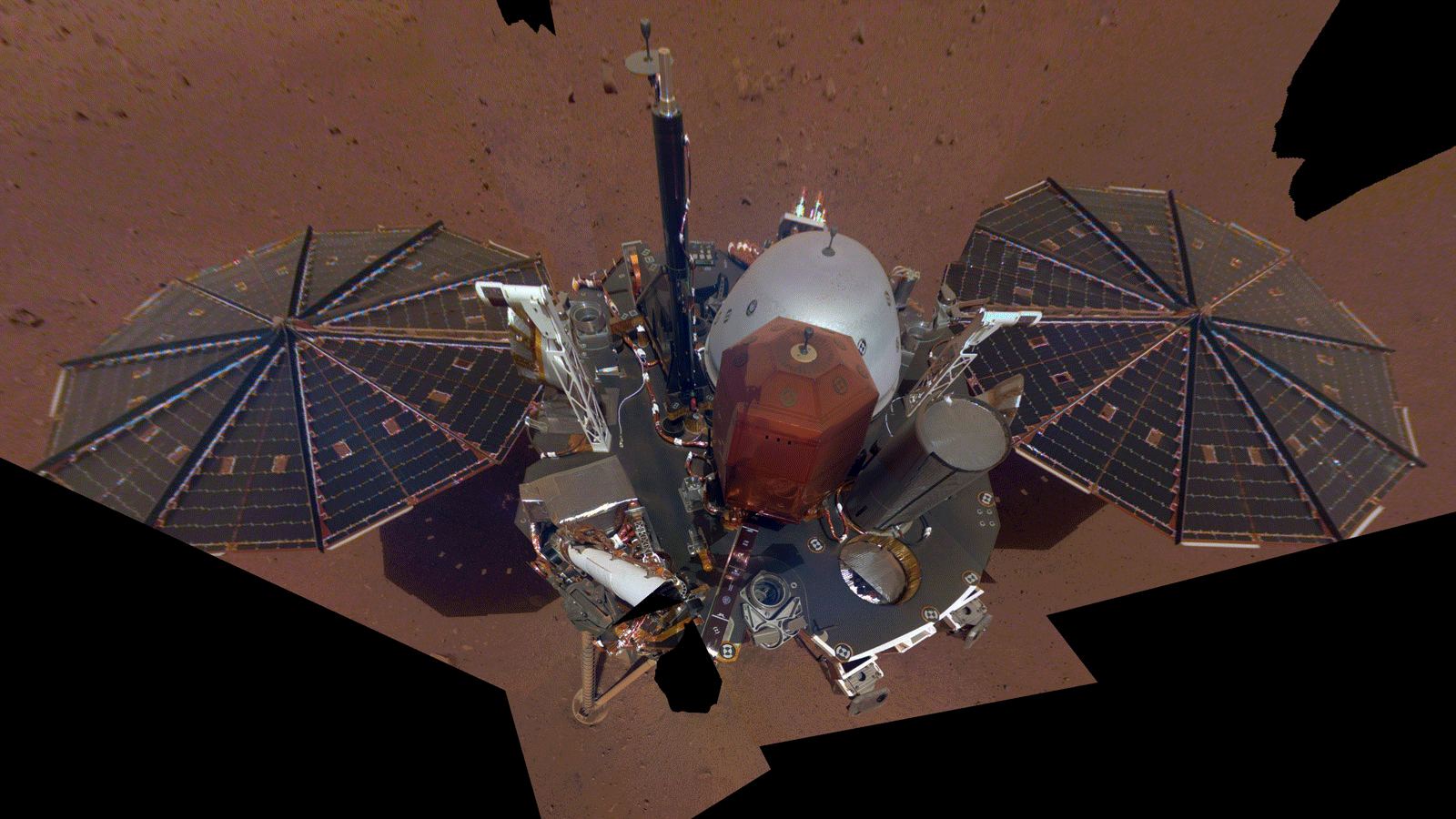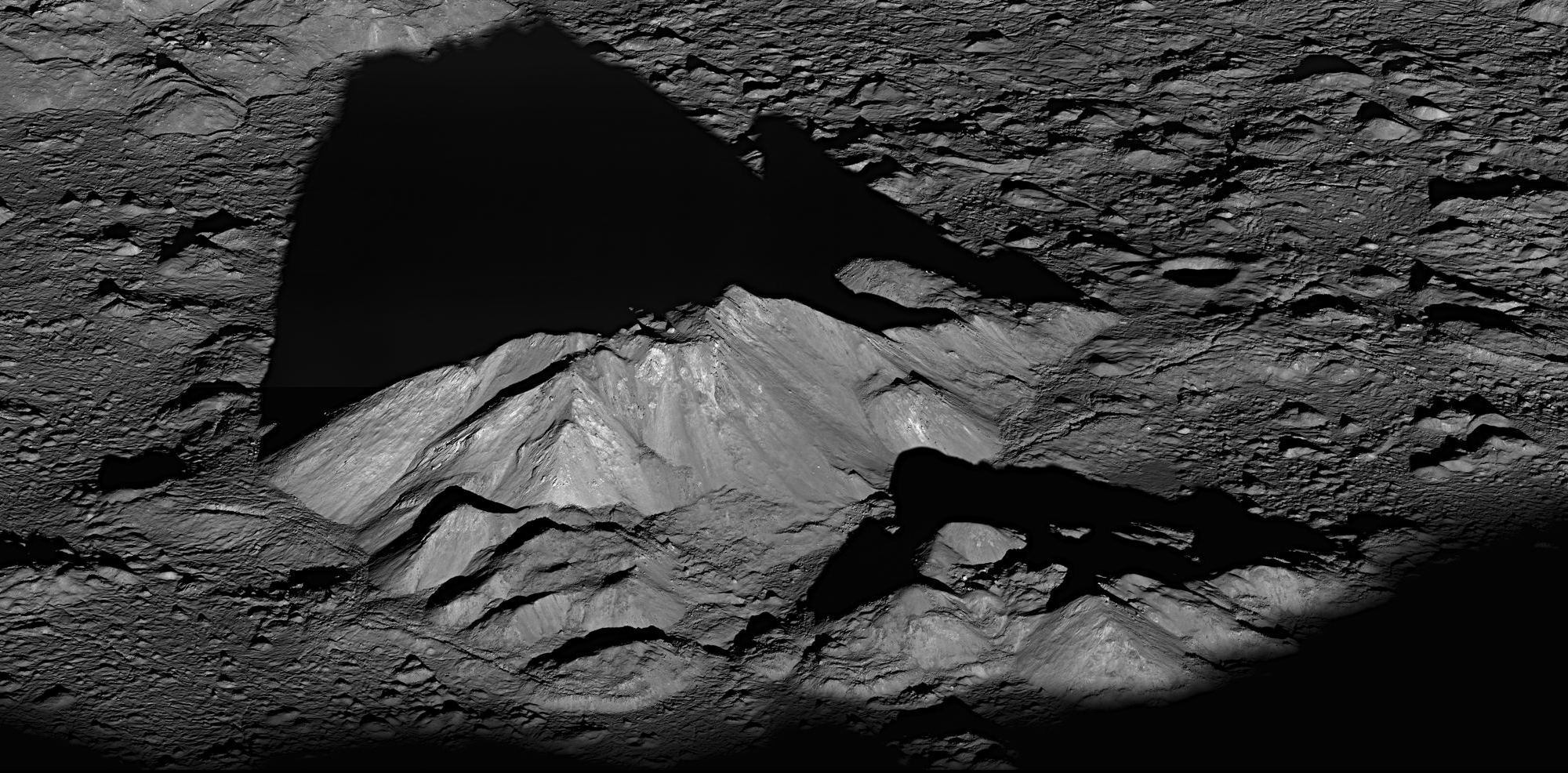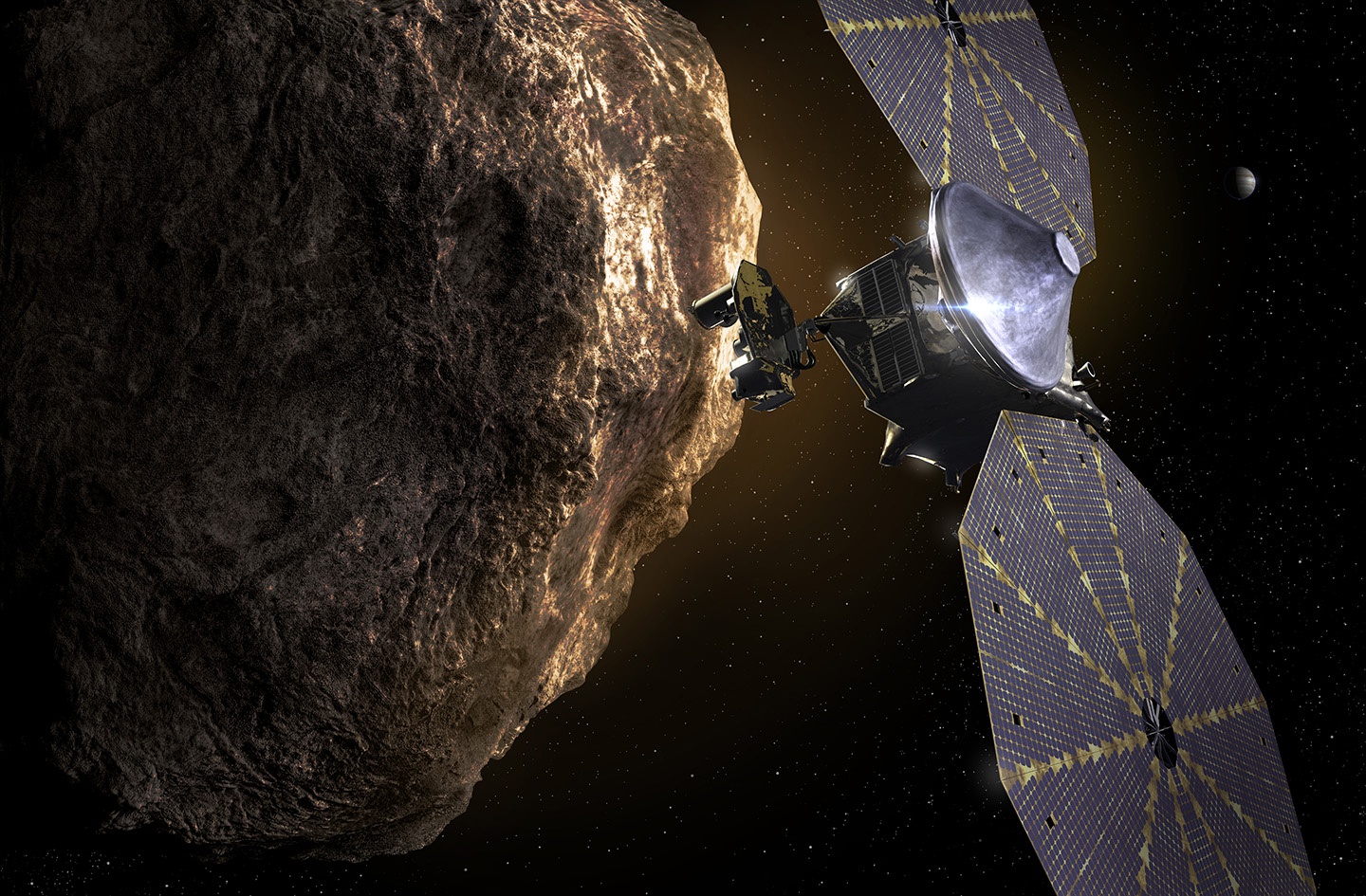It sounds like science fiction, but building an enormous tower several kilometers high on the Lunar surface may be the best way to harness solar energy for long-term Lunar exploration. Such towers would raise solar panels above obstructing geological features on the Lunar surface, and expand the surface area available for power generation.
Continue reading “How do you get Power into Your Lunar Base? With a Tower of Concrete Several Kilometers High”NASA is Considering a Radio Telescope on the Far Side of the Moon
The University of Colorado Boulder and Lunar Resources Inc. have just won NASA funding to study the possibility of building a radio telescope on the far side of the Moon. The project, called FarView, would harvest building materials from the Lunar surface itself, and use robotic rovers to construct a massive, intricate network of wires and antennas across 400 square kilometers. When complete, FarView would allow radio astronomers to observe the sky in low-frequency radio wavelengths with unprecedented clarity.
Continue reading “NASA is Considering a Radio Telescope on the Far Side of the Moon”China’s Super-Heavy Lift Rocket Will Carry 100 Tons to the Moon
China’s proposed next-generation rocket reached the final stage of feasibility studies this month. The planned launch vehicle, known as the Long March-9, will be capable of sending 100 tons to the Moon, and could see its first launch as early as 2030.
Announced in 2018, the Long March-9 will play a key role in China’s long-term space ambitions. If all goes as planned, its first payload is likely to be a Martian sample return mission, and it would support China’s Lunar ambitions as well. Another proposed use for the super-heavy lift vehicle is to build an experimental space-based solar power station, although plans for that project are still very tentative.
Continue reading “China’s Super-Heavy Lift Rocket Will Carry 100 Tons to the Moon”Astronomers Think They’ve Found the Neutron Star Remnant Left Behind from Supernova 1987A
It was the brightest supernova in nearly 400 years when it lit the skies of the southern hemisphere in February 1987. Supernova 1987A – the explosion of a blue supergiant star in the nearby mini-galaxy known as the Large Magellanic Cloud – amazed the astronomical community. It offered them an unprecedented opportunity to observe an exploding star in real-time with modern instruments and telescopes. But something was missing. After the supernova faded, astronomers expected to find a neutron star (a hyper-dense, collapsed stellar core, made largely of neutrons) left-over at the heart of the explosion. They saw nothing.
Continue reading “Astronomers Think They’ve Found the Neutron Star Remnant Left Behind from Supernova 1987A”Our Part of the Galaxy is Packed with Binary Stars
Binary star systems are everywhere. They make up a huge percentage of all known solar systems: from what we can tell, about half of all Sun-like stars have a binary partner. But we haven’t really had a chance to study them in detail yet. That’s about to change. Using data from the European Space Agency’s Gaia spacecraft, a research team has just compiled a gigantic new catalog of nearby binary star systems, and it shows that at least 1.3 million of them exist within 3000 light-years of Earth.
Continue reading “Our Part of the Galaxy is Packed with Binary Stars”NASA’s InSight Will Have Reduced Capability Until a Dust Devil Cleans off its Solar Panels
All eyes are on Mars this week, and, if we’re being honest, NASA’s InSight lander isn’t the star of the show right now. At the time of writing, we’re anxiously waiting to find out whether or not the Perseverance rover survives its fiery arrival at Mars. But Entry, Descent, and Landing (EDL) is just the first hazard that awaits robotic missions to the red planet. Mars exploration is a marathon, not a sprint, and while Perseverance is just getting started, InSight, which has been on the red planet for two years now, is approaching a tough leg of the race.
InSight’s nemesis: Martian dust. The same cruel villain that killed the Opportunity rover back in 2018.
Continue reading “NASA’s InSight Will Have Reduced Capability Until a Dust Devil Cleans off its Solar Panels”Lunar Spacecraft Gets an Upgrade to Capture New Perspectives of the Moon
Eleven years into its mission, the Lunar Reconnaissance Orbiter (LRO) is starting to show its age, but a recent software update promises to give the spacecraft a new lease on life. As NASA’s eye in the sky over the Moon, the LRO has been responsible for some of the best Lunar observations since the days of Apollo. This new upgrade will allow that legacy to continue.
Continue reading “Lunar Spacecraft Gets an Upgrade to Capture New Perspectives of the Moon”A New Technique to Find Cold Gas Streams That Might Make up the Missing (Normal) Matter in the Universe
Where is all the missing matter? That question has plagued astronomers for decades, because the Universe looks emptier than it should, given current theories about its makeup. Most of the Universe (70%) appears to be composed of Dark Energy, the mysterious force which is causing the Universe’s rate of expansion to increase. Another 25% of the Universe is Dark Matter, an unknown substance which cannot be seen, but has been theorized to explain the otherwise inexplicable gravitational forces which govern the formation of galaxies. That leaves Baryonic Matter – all the normal ‘stuff’ like you, me, the trees, the planets, and the stars – to make up just 5% of the Universe. But when astronomers look out into the sky, there doesn’t even seem to be enough normal matter to make up 5%. Some of the normal matter is missing!
Continue reading “A New Technique to Find Cold Gas Streams That Might Make up the Missing (Normal) Matter in the Universe”Jupiter’s Trojan Asteroids Offer Surprises Even Before NASA’s Lucy Mission has a Chance to Visit Them.
A new study out this month suggests that Jupiter’s Trojan asteroids may be more peculiar than previously thought. The Trojan asteroids are rocky objects which orbit the Sun just ahead of and just behind the gas giant, in gravitational sweet spots known as Lagrange points. The swarm ahead of Jupiter, known as the L4 (Greek) group, is slightly larger than the L5 (Trojan) swarm behind, but until now, astronomers believed that there was otherwise little differentiation between the two swarms. The paper released this month appears to change that.
Continue reading “Jupiter’s Trojan Asteroids Offer Surprises Even Before NASA’s Lucy Mission has a Chance to Visit Them.”
